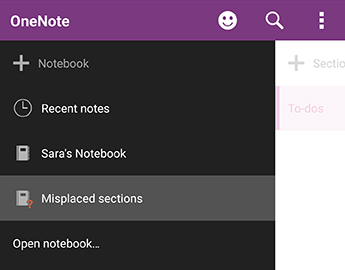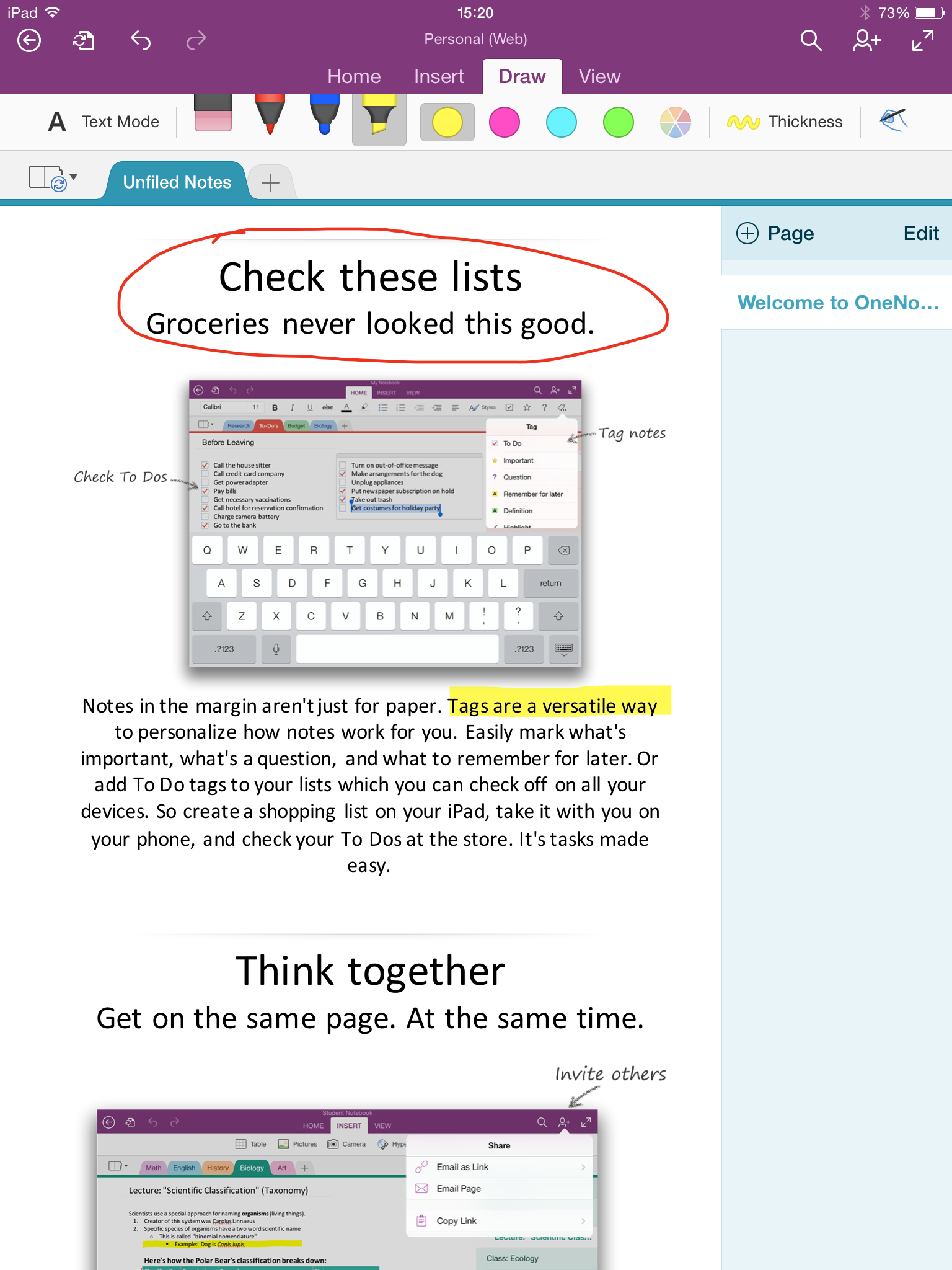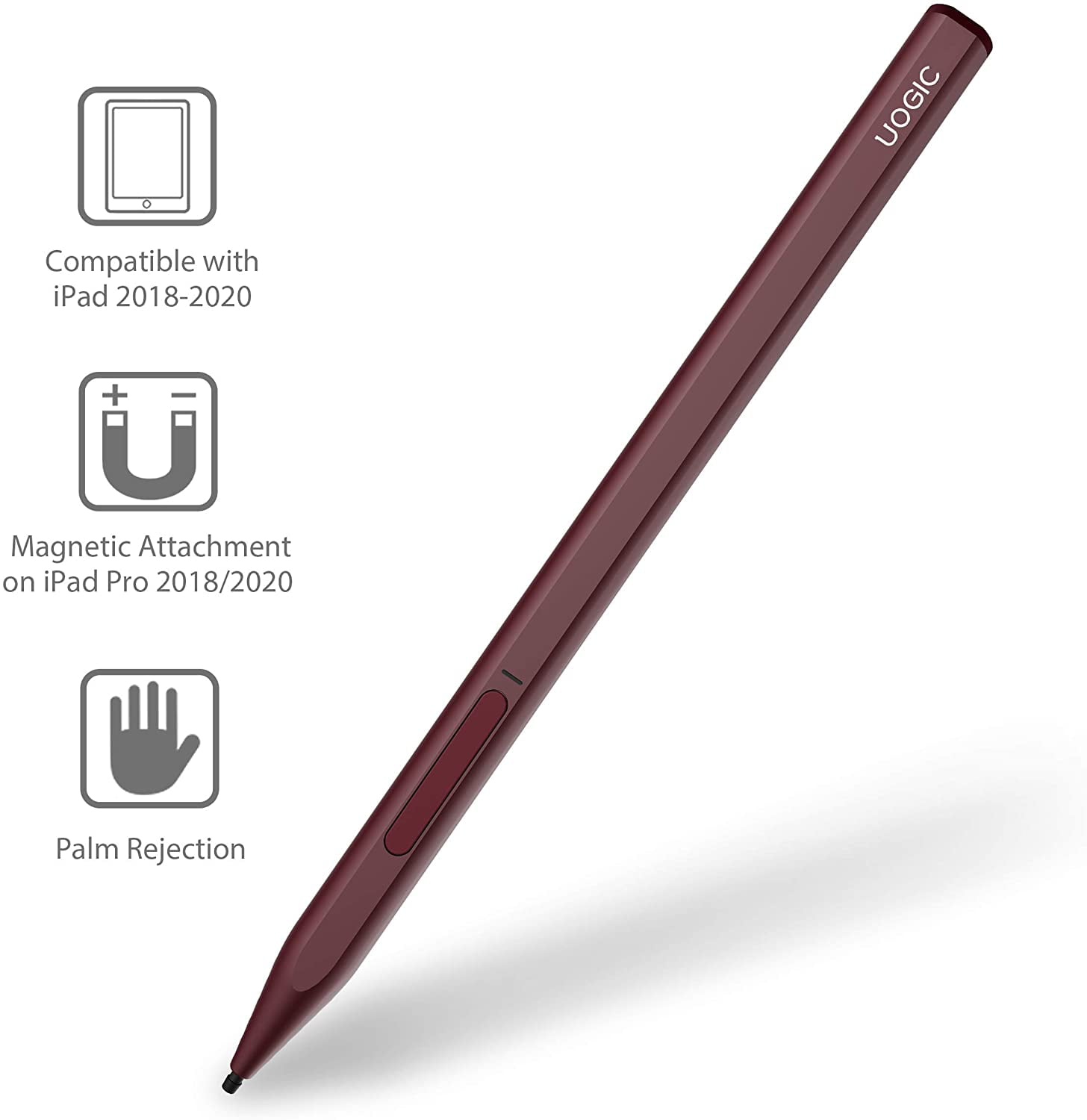
The pen itself has 2,048 levels of pressure sensitivity, and comes with two tips – one for drawing either onscreen or on the keyboard, and one for paper. This is great if you prefer writing on paper, but the keyboard surface is a pretty good substitute as well, thanks to its convincing textured finish, which makes it feel almost as good as writing on paper when you don’t have a real pad to hand. Each Yoga Book comes with a magnetic clip so you can slot any kind of A5 notepad underneath the screen, and it can still register and digitise your pen strokes up to 10mm in paper depth. It’s almost a mirror image of Wacom’s Bamboo Spark – only you can now see directly what you’re writing onscreen, rather than waiting for your notes to sync with your phone. With the Yoga Book, I can write using both the touch-sensitive keyboard surface and an actual, physical pad of paper. As much as I like Microsoft’s Surface Pro 4, for instance, there’s just something about writing on glass that doesn’t sit well, regardless of whether I’m taking notes or knocking out the odd doodle. However, I’m more excited about being able to use its bundled stylus as a proper note-taking device. The same goes for letter keys, and there’s even a predictive text engine, allowing you to type as fast as you would on a normal mobile device. For instance, if you always hit the spacebar below its defined area, then the Halo Keyboard will remember that and still register the keypress for you. Instead the keyboard will learn where your fingers land when you hit certain keys and automatically adjust. Still, even if it is a little twitchy at first, Lenovo’s artificial learning software should make typing easier with time, because this isn’t just a passive projection. Trying to type on a busy show floor is hardly the most conducive environment for getting the best out of it, but it remains to be seen just how practical this is, and whether it’s actually any more useful for serious typing than an onscreen keyboard. There’s haptic feedback which certainly goes a long way towards making sure you feel like you’ve pressed the right key – a huge improvement on Microsoft’s Surface Pro 4 Touch Cover keyboards – but my brief hands-on time with the device was rife with mistakes and typos. It’s extremely clever, but as you’d expect anyone who is used to a physical keyboard is going to take a while to get used to it.


Tap the small pen button in the top corner and you can switch effortlessly between a keyboard and a writing surface, letting you to type, draw and take handwritten, digitised notes at the touch of a button.

But what Lenovo has done is ditch physical keys for a virtual, backlit, touch keyboard that can pull double duties as an electromagnetic resonance (EMR) writing surface – not unlike Wacom’s Bamboo Spark pad. Lenovo calls it the Instant Halo Keyboard, which isn’t the most descriptive or poetic of names.


 0 kommentar(er)
0 kommentar(er)
